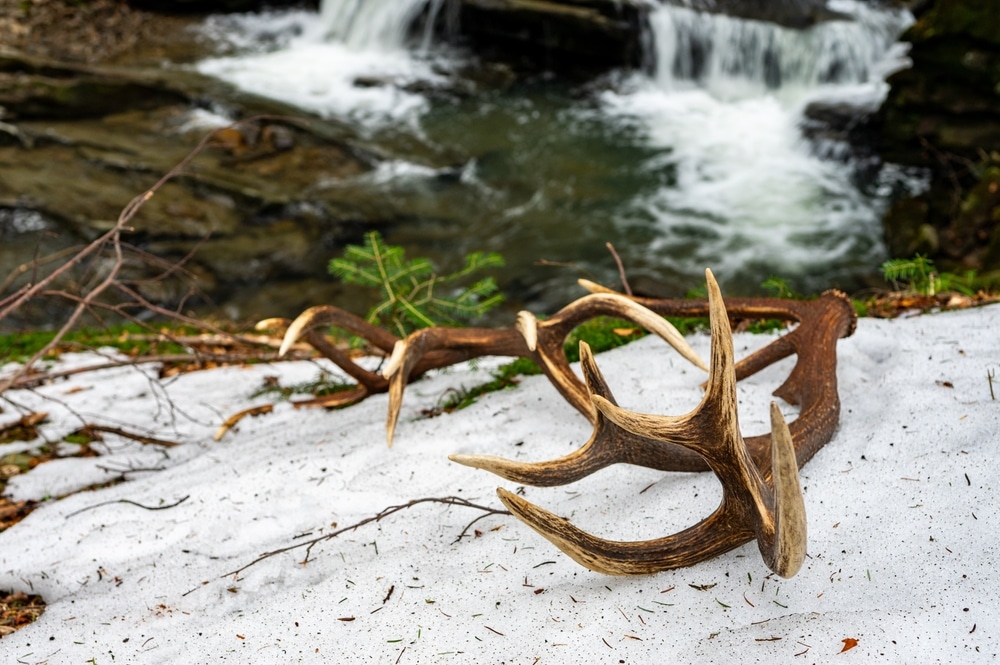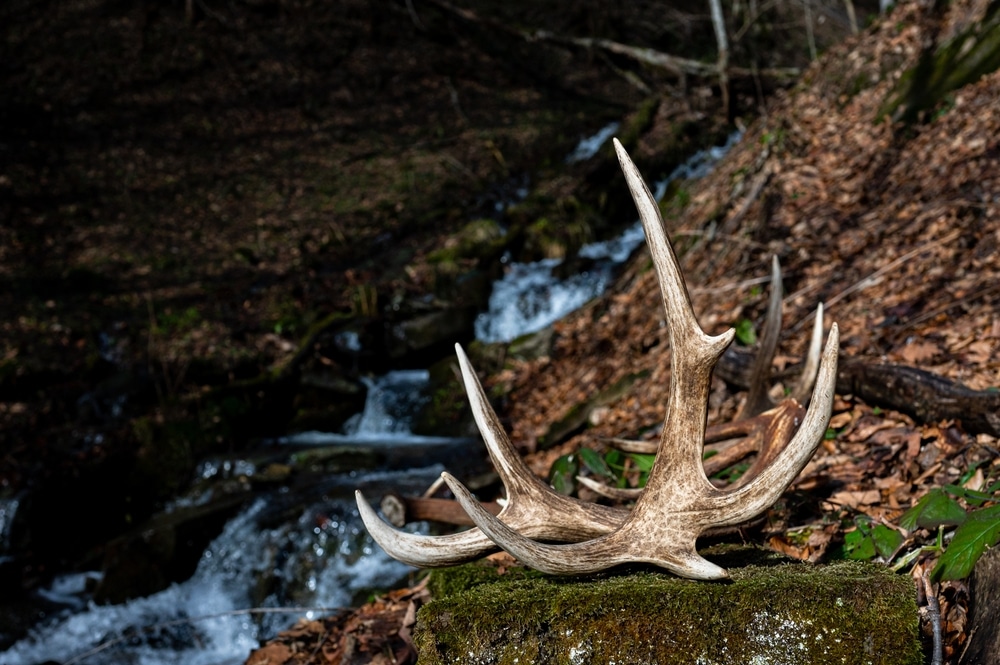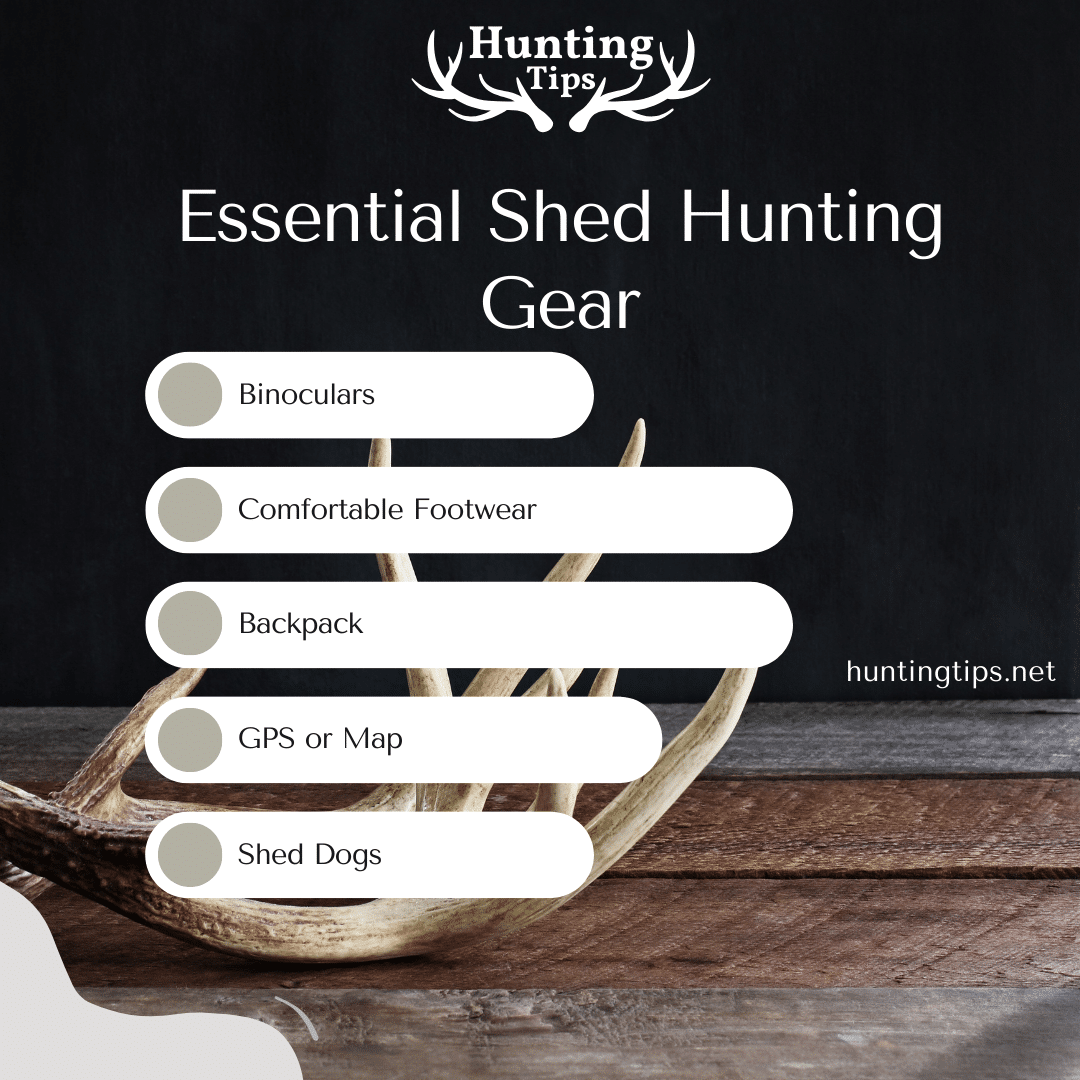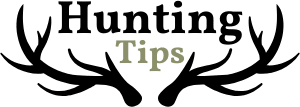Table of Contents
Have you ever wondered how seasoned hunters seem to effortlessly uncover prized antlers in the wild? Shed hunting, the art of finding naturally shed antlers, combines the thrill of the hunt with an adventurous treasure hunt. Whether you’re seeking antlers for decoration, crafting, or understanding wildlife habits, this activity offers something for everyone. But success in shed hunting isn’t just luck—it’s about knowing where, when, and how to look. In this guide, we’ll reveal proven tips, expert strategies, and insider secrets to elevate your shed hunting game. Ready to discover hidden treasures in the great outdoors? Let’s dive in!
Understanding Shed Hunting – A Quick Overview
 Shed hunting involves searching for antlers that deer, elk, and other antlered animals naturally shed each year. These antlers are prized by collectors, hunters, and wildlife enthusiasts for their beauty and usefulness in crafts or as trophies. Transitioning into shed hunting is easy but requires knowing where and when to look.
Shed hunting involves searching for antlers that deer, elk, and other antlered animals naturally shed each year. These antlers are prized by collectors, hunters, and wildlife enthusiasts for their beauty and usefulness in crafts or as trophies. Transitioning into shed hunting is easy but requires knowing where and when to look.
Why Do Animals Shed Their Antlers?
- Male deer and elk shed antlers annually to conserve energy after the breeding season.
- New antlers begin growing in spring, fueled by improved nutrition and rising testosterone levels.
Knowing this biological cycle helps narrow down the prime time for shed hunting.
Timing is Everything – When to Go Shed Hunting
The timing of your shed hunting expeditions can significantly impact your success. Animals shed their antlers in late winter to early spring, but this window varies based on factors like location, climate, and species.
Key Timing Tips
- Southern regions: Animals may shed as early as January.
- Northern regions: Peak shedding often occurs in February or March.
- After the snow melts but before vegetation grows thick is an ideal time to scour the ground for antlers.
Start by scouting your local area for recent animal activity to plan your shed hunting trips effectively.

Where to Look for Sheds – Top Locations
Knowing where to search is a game-changer in shed hunting. Antlers are rarely scattered randomly and are often found in specific types of terrain where animals spend most of their time.
Prime Shed Hunting Locations
- Feeding Areas: Check crop fields, meadows, and open grasslands where deer and elk graze.
- Bedding Areas: Look near sheltered spots like thickets, ridges, or wooded areas.
- Trails and Crossings: Focus on well-worn paths and creek crossings, as antlers often fall off during movement.
- South-Facing Slopes: Animals frequent sunlit areas during winter for warmth, making these spots ideal for shed hunting.
Start with feeding areas and gradually expand your search to trails and bedding spots for the best results.
Essential Shed Hunting Gear
 Having the right tools can make shed hunting more efficient and enjoyable. While a keen eye and persistence are invaluable, specific gear can enhance your chances.
Having the right tools can make shed hunting more efficient and enjoyable. While a keen eye and persistence are invaluable, specific gear can enhance your chances.
Must-Have Shed Hunting Equipment
- Binoculars: Essential for spotting antlers from a distance.
- Comfortable Footwear: Invest in sturdy boots suitable for hiking through various terrains.
- Backpack: Carry water, snacks, and any antlers you find.
- GPS or Map: To avoid getting lost, especially in large hunting areas.
- Shed Dogs: Trained dogs can significantly boost your antler-finding success rate.
Equip yourself with these essentials to stay comfortable and focused during your adventures.
Tips and Techniques for Success
To maximize your chances, follow these proven shed hunting strategies.
Proven Shed Hunting Strategies
- Scout Regularly: Frequent scouting increases your familiarity with animal patterns and hotspots.
- Walk Slowly: Slow, deliberate movement improves your chances of spotting hidden antlers.
- Grid Search: Divide your search area into smaller sections and comb through systematically.
- Follow Tracks: Animal tracks often lead to places where antlers are shed.
- Be Persistent: Shed hunting can be unpredictable, so patience is key.
Implement these techniques to make your shed hunting outings more productive and enjoyable.

Respecting Nature While Shed Hunting
Shed hunting is a fantastic way to connect with nature, but it’s crucial to respect wildlife and their habitats. Disturbing animals during their recovery period in late winter can have adverse effects.
Ethical Shed Hunting Practices
- Avoid stressing animals by maintaining a respectful distance.
- Stay on established trails whenever possible to minimize habitat disruption.
- Never trespass on private property without permission.
A responsible shed hunter always prioritizes the well-being of wildlife over personal gain.
Conclusion
Shed hunting is an exhilarating blend of outdoor exploration and wildlife observation. With the right knowledge, gear, and techniques, you can uncover nature’s hidden treasures while fostering a deeper appreciation for the wilderness. So, whether you’re seeking antlers for decoration, crafting, or pure adventure, mastering shed hunting offers endless opportunities. Now it’s your turn to grab your gear, hit the trails, and let the thrill of the hunt guide you to success.


